Fried tomato paste is a versatile and flavorful ingredient that can elevate your dishes to a whole new level. While tomato paste is commonly used as a base for sauces, stews, and soups, frying it adds a depth of flavor and richness that is truly irresistible. In this article, we will delve into the art of frying tomato paste, exploring its origins, culinary uses, nutritional benefits, and tips for incorporating this delicious ingredient into your cooking repertoire. Origin of Fried Tomato Paste: Tomatoes have been a staple ingredient in Mediterranean cuisine for centuries, with tomato paste being a popular way to preserve the fruit’s flavor for extended periods. Frying tomato paste is believed to have originated in Italy, where chefs discovered that cooking the concentrated paste in oil or fat enhanced its umami-rich characteristics, resulting in a savory, caramelized flavor profile that complemented a variety of dishes.

.
 Culinary Uses of Fried Tomato Paste: Fried tomato paste can be used in a wide range of dishes to add depth, richness, and complexity. One of the most popular uses of fried tomato paste is in pasta sauces, where it serves as a flavorful base for classic dishes like spaghetti bolognese, marinara sauce, and puttanesca. The caramelized notes of the fried paste can also enhance the flavor of soups, stews, and braises, adding a robust umami undertone to the dish. In addition to savory dishes, fried tomato paste can also be used in unexpected ways, such as in marinades for meat, poultry, or fish. The concentrated flavor of the paste combines with the caramelized notes from frying to create a bold and aromatic marinade that infuses the protein with a rich, complex taste. Nutritional Benefits of Fried Tomato Paste: Tomatoes are known for their high content of vitamins, minerals, and antioxidants, making them a nutritious addition to any diet. When tomatoes are cooked and processed into paste, their nutrient content becomes even more concentrated, providing a potent dose of lycopene, a powerful antioxidant that may have anti-inflammatory and cancer-fighting properties. Frying tomato paste does not significantly alter its nutritional composition, as most of the nutrients in the paste are heat-stable. However, the addition of oil or fat during the frying process can increase the absorption of fat-soluble nutrients like lycopene, making them more bioavailable to the body. When consumed as part of a balanced diet, fried tomato paste can contribute to overall health and well-being. Tips for Frying Tomato Paste: Frying tomato paste may seem simple, but there are a few key tips to keep in mind to achieve the best results. First, it’s important to use a heavy-bottomed pan or skillet to prevent the paste from burning or sticking to the surface. Heating the oil or fat over medium heat before adding the paste will help ensure even cooking and prevent scorching. When frying tomato paste, it’s crucial to stir it continuously to prevent it from burning and to distribute the heat evenly.
Culinary Uses of Fried Tomato Paste: Fried tomato paste can be used in a wide range of dishes to add depth, richness, and complexity. One of the most popular uses of fried tomato paste is in pasta sauces, where it serves as a flavorful base for classic dishes like spaghetti bolognese, marinara sauce, and puttanesca. The caramelized notes of the fried paste can also enhance the flavor of soups, stews, and braises, adding a robust umami undertone to the dish. In addition to savory dishes, fried tomato paste can also be used in unexpected ways, such as in marinades for meat, poultry, or fish. The concentrated flavor of the paste combines with the caramelized notes from frying to create a bold and aromatic marinade that infuses the protein with a rich, complex taste. Nutritional Benefits of Fried Tomato Paste: Tomatoes are known for their high content of vitamins, minerals, and antioxidants, making them a nutritious addition to any diet. When tomatoes are cooked and processed into paste, their nutrient content becomes even more concentrated, providing a potent dose of lycopene, a powerful antioxidant that may have anti-inflammatory and cancer-fighting properties. Frying tomato paste does not significantly alter its nutritional composition, as most of the nutrients in the paste are heat-stable. However, the addition of oil or fat during the frying process can increase the absorption of fat-soluble nutrients like lycopene, making them more bioavailable to the body. When consumed as part of a balanced diet, fried tomato paste can contribute to overall health and well-being. Tips for Frying Tomato Paste: Frying tomato paste may seem simple, but there are a few key tips to keep in mind to achieve the best results. First, it’s important to use a heavy-bottomed pan or skillet to prevent the paste from burning or sticking to the surface. Heating the oil or fat over medium heat before adding the paste will help ensure even cooking and prevent scorching. When frying tomato paste, it’s crucial to stir it continuously to prevent it from burning and to distribute the heat evenly.
..
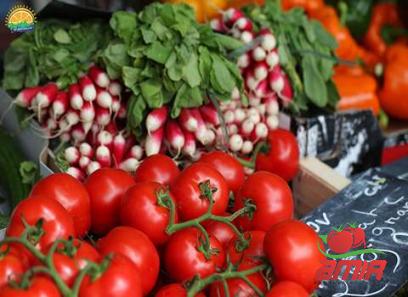 The paste should be fried until it turns a deep red color and releases its aromatic oils, indicating that it has caramelized and developed a rich, complex flavor. Be mindful of the cooking time, as overcooking the paste can result in a bitter taste that can overpower the dish. Experimenting with different oils or fats can also enhance the flavor of fried tomato paste. Olive oil, butter, and bacon fat are popular choices that can add their own distinct notes to the paste, complementing the dish in unique ways. Adding aromatics like garlic, onions, or herbs to the pan while frying the paste can infuse it with additional layers of flavor, creating a more dynamic and aromatic final product. In conclusion, fried tomato paste is a versatile and delicious ingredient that can take your cooking to new heights. Whether used as a base for sauces, marinades, or soups, its rich, caramelized flavor adds an irresistible depth to a variety of dishes. With its nutritional benefits and culinary uses, fried tomato paste is a must-have addition to any home chef’s pantry. Experiment with different cooking techniques, oils, and seasonings to discover the endless possibilities of this humble pantry staple. How to Make Fried Tomato Paste at Home: Making fried tomato paste at home is a simple and rewarding process that can elevate your dishes with minimal effort. To make fried tomato paste, you will need a can or tube of tomato paste, oil or fat of your choice, and any additional seasonings or aromatics you wish to incorporate. Here is a basic recipe to get you started: Ingredients: – 1 can or tube of tomato paste – 2-3 tablespoons of olive oil, butter, or bacon fat – Optional: minced garlic, diced onions, dried herbs (such as oregano or basil), red pepper flakes Instructions: 1. Heat the oil or fat in a heavy-bottomed pan or skillet over medium heat. 2. Add the tomato paste to the hot oil, using a spatula or wooden spoon to spread it evenly in the pan. 3. Stir the tomato paste continuously to prevent burning and ensure even cooking. 4. Add any optional aromatics or seasonings at this stage, stirring to incorporate them into the paste.
The paste should be fried until it turns a deep red color and releases its aromatic oils, indicating that it has caramelized and developed a rich, complex flavor. Be mindful of the cooking time, as overcooking the paste can result in a bitter taste that can overpower the dish. Experimenting with different oils or fats can also enhance the flavor of fried tomato paste. Olive oil, butter, and bacon fat are popular choices that can add their own distinct notes to the paste, complementing the dish in unique ways. Adding aromatics like garlic, onions, or herbs to the pan while frying the paste can infuse it with additional layers of flavor, creating a more dynamic and aromatic final product. In conclusion, fried tomato paste is a versatile and delicious ingredient that can take your cooking to new heights. Whether used as a base for sauces, marinades, or soups, its rich, caramelized flavor adds an irresistible depth to a variety of dishes. With its nutritional benefits and culinary uses, fried tomato paste is a must-have addition to any home chef’s pantry. Experiment with different cooking techniques, oils, and seasonings to discover the endless possibilities of this humble pantry staple. How to Make Fried Tomato Paste at Home: Making fried tomato paste at home is a simple and rewarding process that can elevate your dishes with minimal effort. To make fried tomato paste, you will need a can or tube of tomato paste, oil or fat of your choice, and any additional seasonings or aromatics you wish to incorporate. Here is a basic recipe to get you started: Ingredients: – 1 can or tube of tomato paste – 2-3 tablespoons of olive oil, butter, or bacon fat – Optional: minced garlic, diced onions, dried herbs (such as oregano or basil), red pepper flakes Instructions: 1. Heat the oil or fat in a heavy-bottomed pan or skillet over medium heat. 2. Add the tomato paste to the hot oil, using a spatula or wooden spoon to spread it evenly in the pan. 3. Stir the tomato paste continuously to prevent burning and ensure even cooking. 4. Add any optional aromatics or seasonings at this stage, stirring to incorporate them into the paste.
…
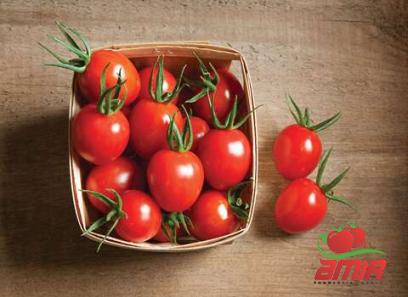 5. Cook the tomato paste for 5-10 minutes, or until it darkens in color, caramelizes, and releases its aromatic oils. 6. Remove the fried tomato paste from the heat and use it immediately in your desired recipe, or let it cool before storing it in an airtight container in the refrigerator for future use. Experiment with different cooking times and additional ingredients to customize the flavor of your fried tomato paste to suit your taste preferences. The possibilities are endless, whether you prefer a spicier version with red pepper flakes or a more herbaceous paste with dried basil and oregano. Incorporating Fried Tomato Paste into Your Recipes: Now that you have mastered the art of frying tomato paste, it’s time to experiment with incorporating it into your favorite recipes. Here are a few creative ways to use fried tomato paste in your cooking: 1. Pasta Sauces: Upgrade your favorite pasta dishes by adding a spoonful of fried tomato paste to your sauce. The caramelized flavor of the paste will enhance the overall taste and complexity of the dish, creating a more robust and satisfying meal. 2. Soups and Stews: Stir a dollop of fried tomato paste into your soups and stews for a burst of umami richness. The concentrated flavor of the paste will infuse the broth with a savory depth that will take your dishes to the next level. 3. Marinades: Use fried tomato paste as a base for marinades for meat, poultry, or fish. The bold flavor of the paste will penetrate the protein, infusing it with a rich, complex taste that will make your dishes stand out. 4. Vegetarian Dishes: Include fried tomato paste in vegetarian dishes like ratatouille, lentil stew, or vegetable curry to add a meaty, umami-rich flavor element. The caramelized notes of the paste will complement the vegetables and legumes, creating a more satisfying and hearty dish. 5. Dips and Spreads: Mix fried tomato paste with creamy ingredients like yogurt, sour cream, or mayonnaise to create a flavorful dip or spread for vegetables, crackers, or sandwiches. The combination of tangy, creamy, and savory flavors will wow your taste buds.
5. Cook the tomato paste for 5-10 minutes, or until it darkens in color, caramelizes, and releases its aromatic oils. 6. Remove the fried tomato paste from the heat and use it immediately in your desired recipe, or let it cool before storing it in an airtight container in the refrigerator for future use. Experiment with different cooking times and additional ingredients to customize the flavor of your fried tomato paste to suit your taste preferences. The possibilities are endless, whether you prefer a spicier version with red pepper flakes or a more herbaceous paste with dried basil and oregano. Incorporating Fried Tomato Paste into Your Recipes: Now that you have mastered the art of frying tomato paste, it’s time to experiment with incorporating it into your favorite recipes. Here are a few creative ways to use fried tomato paste in your cooking: 1. Pasta Sauces: Upgrade your favorite pasta dishes by adding a spoonful of fried tomato paste to your sauce. The caramelized flavor of the paste will enhance the overall taste and complexity of the dish, creating a more robust and satisfying meal. 2. Soups and Stews: Stir a dollop of fried tomato paste into your soups and stews for a burst of umami richness. The concentrated flavor of the paste will infuse the broth with a savory depth that will take your dishes to the next level. 3. Marinades: Use fried tomato paste as a base for marinades for meat, poultry, or fish. The bold flavor of the paste will penetrate the protein, infusing it with a rich, complex taste that will make your dishes stand out. 4. Vegetarian Dishes: Include fried tomato paste in vegetarian dishes like ratatouille, lentil stew, or vegetable curry to add a meaty, umami-rich flavor element. The caramelized notes of the paste will complement the vegetables and legumes, creating a more satisfying and hearty dish. 5. Dips and Spreads: Mix fried tomato paste with creamy ingredients like yogurt, sour cream, or mayonnaise to create a flavorful dip or spread for vegetables, crackers, or sandwiches. The combination of tangy, creamy, and savory flavors will wow your taste buds.
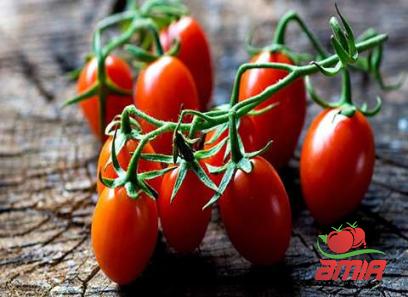
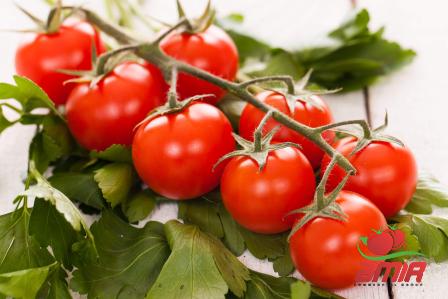
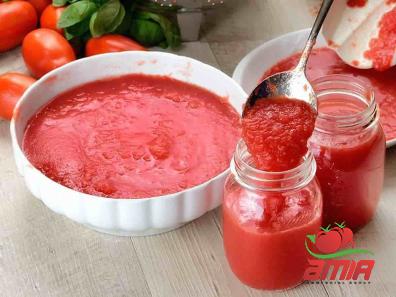
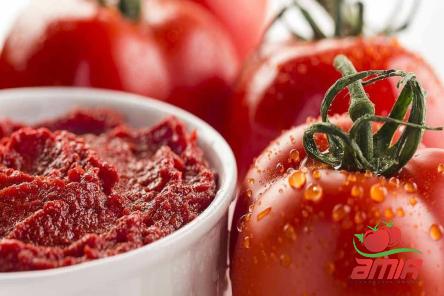

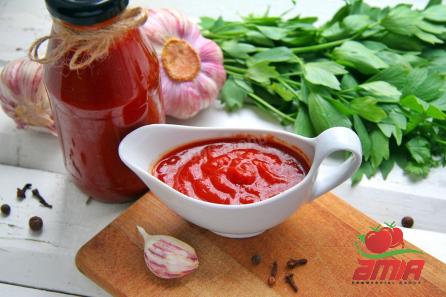

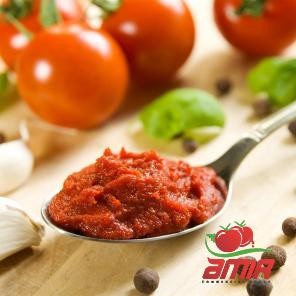


Your comment submitted.